decided to take another look into this hue-shift thing @scragz observed when patching VIDEO_SEND to VIDEO_RETURN on a sync_ope:
on my sync_ope i set the blanking so could see side by side the difference (inside square is returned video - edges is from original signal):
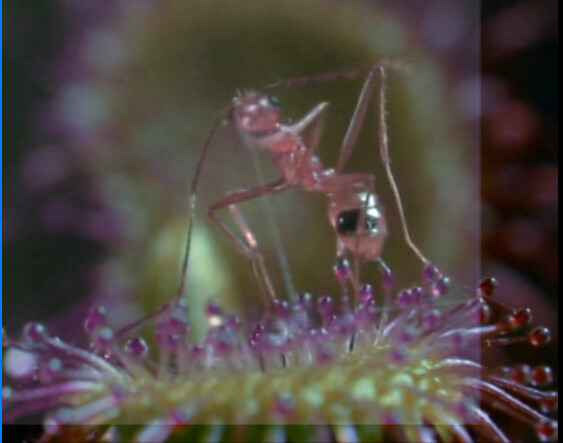
you can kinda make out there is a hue shift in this image, also appears to be a brightness shift on return signal
the hue shift is more obvious when the image is red:
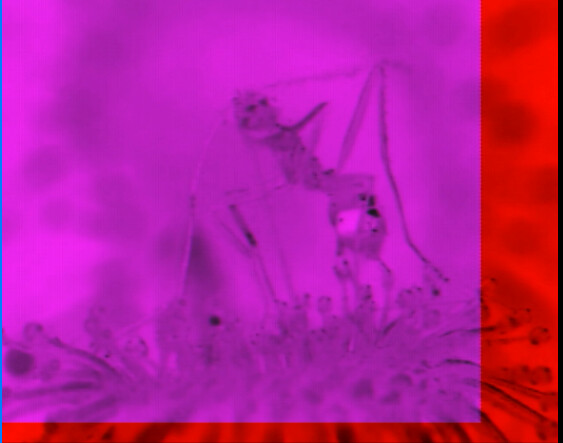
fix 1 alone
i found out that to fix the hue shift you only need to replace r7 - 75ohm with a LINK ( 0ohm )
now when sending VIDEO_SEND to VIDEO_RETURN:
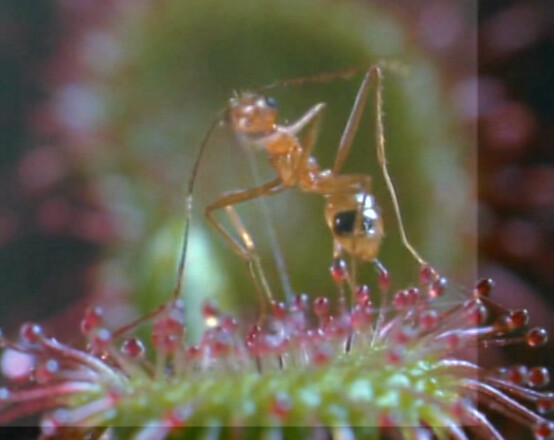
can see that there is still a brightness shift between original and return signal, but the hue shift appears to be gone
heres how it looks with red effect on:
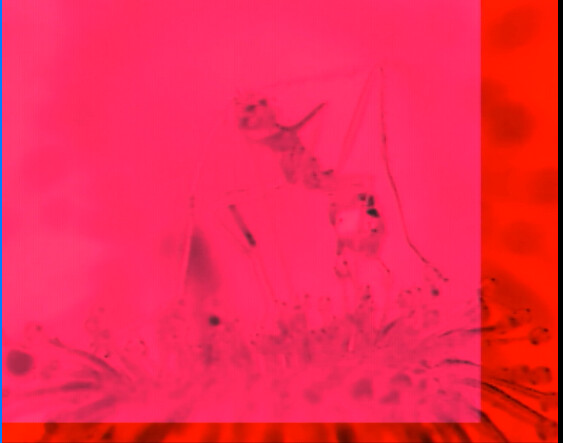
fix 2 alone
i found out that to fix the level shift you only need to remove d4 - BAT46 (ie replace d4 with a DNP )
now when sending VIDEO_SEND to VIDEO_RETURN:
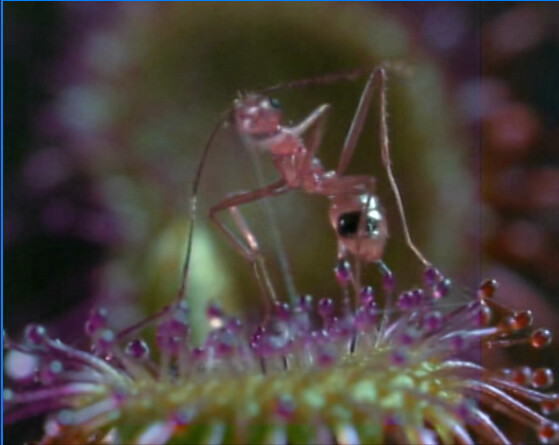
can see that there is still a hue shift between original and return signal, but the level shift appears to be gone.
how it looks with red effect on:
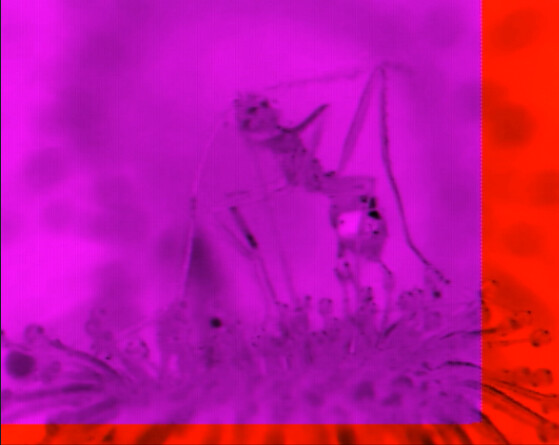
fix 1 & fix 2 combined
now with both r7 → LINK and d4 → DNP:
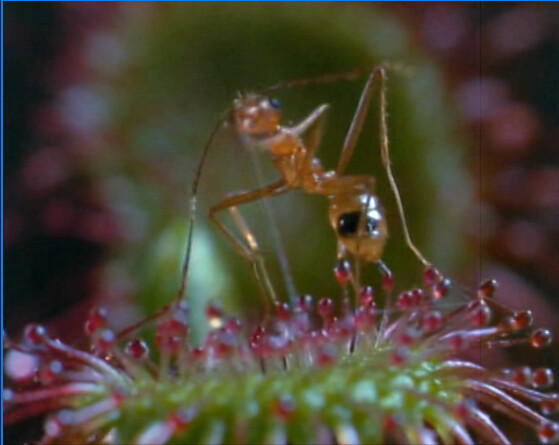
and with red effect on:
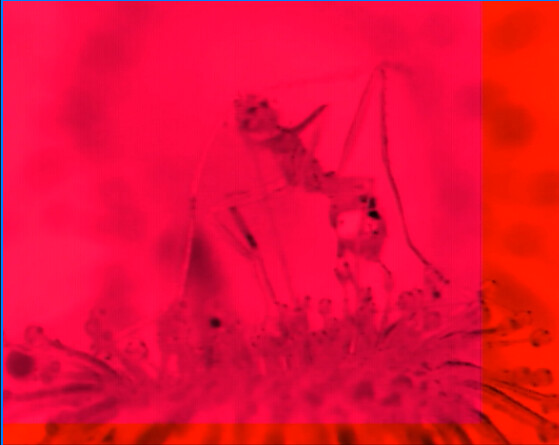
basically seamless between orginal and return…
explanations
unfortunately i dont have full context on what these parts were doing / why they caused this effect.
my understanding is that putting a 75ohm resistor in series on composite_video output (and a 75ohm to GND on composite video_input) is for impedance matching of the cables used… (not sure if this is even doing anything since the VIDEO_RETURN doesnt have the 75ohm to GND in this circuit?)
and that the d4 - bat46 to GND was part of protecting the VIDEO_RETURN from out of spec signals on return… since if signal is negative the diode will conduct and clamp the signal at GND…
so it is possible that these changes could have other effects however from my tests today the circuit works as expected after performing both these mods on a number of devices…
if anyone in this thread who knows more has any thoughts around this would love to hear it! (@BastienL maybe?) i will do some more tests, and consider making a revision to pcb to include these changes…

















